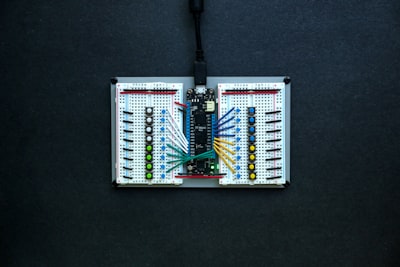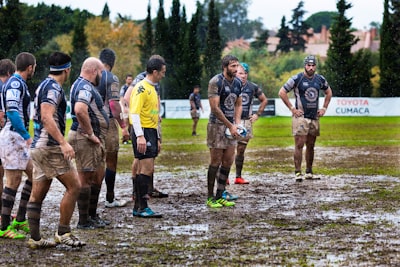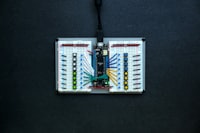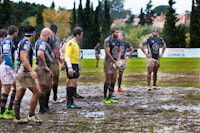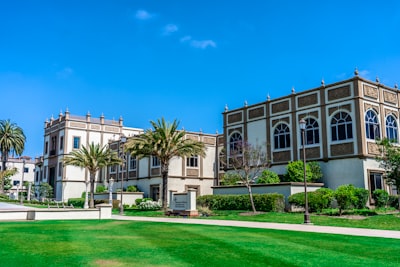Journal article
Perbandingan Kinerja Keuangan Perusahaan Asuransi Jiwa Full Syariah dan Unit Usaha Syariah di Indonesia Berdasarkan Rasio EWS dan RBC
The development of the sharia insurance industry is currently experiencing rapid growth in line with the development of sharia banking in Indonesia. Although it has a good record of growth every year, it does not reflect that Islamic insurance companies have a good financial performance. Thus, this study aims to determine the differences in the performance of life insurance and sharia unit life insurance companies by using the ratios in the Early Warning System and the RBC method in the period 2015–2020 in Indonesia. The Mann-Whitney test was used as a data analysis method. The results show that there is a significant difference in the financial performance of a full sharia life insurance company and a sharia business unit life insurance company when viewed using the Retention Ratio, technical reserve ratio, and fund adequacy ratio. In addition, there is no significant difference between the performance of a full sharia life insurance company and a sharia business unit life insurance company in terms of Solvency Margin Ratio, insurance claim expense ratio, liquidity ratio, premium growth rate, and RBC. The results of this study could portray policymakers to improve the performance of Islamic insurance companies in Indonesia.
Keywords: Sharia Insurance, Early Warning System, Risk-Based Capital, Mann-Whitney Test.
DAFTAR PUSTAKA
Adhita, O., Fauziah, E., & Azib, A. (2017). Analisis perbandingan kinerja keuangan berdasarkan rasio keuangan early warning system pada PT prudential life insurance syariah dan PT asuransi bringin jiwa sejahtera syariah. Prosiding Hukum Ekonomi Syariah, 3(1), 155–161. https://doi.org/10.29313/SYARIAH.V3I1.5436
Amani, Z. A., & Sukmaningrum, P. S. (2019). Kinerja keuangan pada Perusahaan asuransi syariah di Indonesia dan Perusahaan asuransi syariah di Malaysia periode 2013-2015. Jurnal Ekonomi Syariah Teori dan Terapan, 5(8), 645. https://doi.org/10.20473/vol5iss20188pp645-663
Awaliyah, H., Barnas, B., Akuntansi, J., & Bandung, P. N. (2020). Perbandingan kinerja keuangan Perusahaan asuransi syariah berdasarkan early warning system dan risk-based capital pada PT asuransi jiwa syariah jasa mitra abadi tbk sebelum dan sesudah go public. Journal of Applied Islamic Economics and Finance, 1(1), 1–14. https://doi.org/10.35313/JAIEF.V1I1.2386
Boitan, I. (2012). Development of an early warning system for evaluating the credit portfolio's quality. A case study on Romania. Prague Economic Papers, 3, 347–362. https://doi.org/10.18267/J.PEP.428
Chen, R., & Wong, K. A. (2004). The determinants of financial health of Asian insurance companies. Journal of Risk and Insurance, 71(3), 469–499. https://doi.org/10.1111/J.0022-4367.2004.00099.X
Fahmi, I. (2012). Analisis kinerja keuangan. Bandung: CV. Alfabeta.
Fitri, A., Sepky, N., Sekolah, M., Ekonomi, T., & Sebi, I. (2016). Kinerja keuangan Perusahaan asuransi syariah di Indonesia: Surplus on contribution. Akuntabilitas, 9(1). https://doi.org/10.15408/AKT.V9I1.3590
Hansen, & Mowen. (2005). Management accounting. Jakarta: Salemba Empat.
Hidayati, A. A., & Shofawati, A. (2018). Determinan kinerja keuangan asuransi syariah di Indonesia periode 2014-2016. Jurnal Ekonomi Syariah Teori dan Terapan, 5(11), 892–907. https://doi.org/10.20473/VOL5ISS201811PP892-907
Hosen, M. N., Ali, A. H., & Muhtasib, A. B. (2008). Materi dakwah ekonomi syariah. Jakarta: PKES (Pusat Komunikasi Ekonomi Syariah).
Kustanti, H., & Indriani, A. (2016). Analisis perbandingan efisiensi bank umum syariah (BUS) dan unit usaha syariah (UUS) dengan metode stochastic frontier analysis (SFA) periode 2010-2014. Jurnal Studi Manajemen Organisasi, 13(2), 140-148. https://doi.org/10.14710/jsmo.v13i2.13405
Mahsun, M., Sulistiyowati, F., & Purwanugraha, H. A. (2011). Akuntansi sektor publik. Yogyakarta: BPFE UGM.
Munawir. (1992). Analisa laporan keuangan. Yogyakarta: Liberty.
Nurfadila, S., Hidayat, R. R., & Sulasmiyati, S. (2015). Analisis rasio keuangan dan risk based capital untuk menilai kinerja keuangan Perusahaan asuransi (Studi pada PT asei reasuransi Indonesia (Persero) periode 2011-2013). Jurnal Administrasi Bisnis, 22(1).
Ramdhana, D., & Tandika, D. (2018). Analisis perbandingan kinerja keuangan asuransi syariah dan konvensional menggunakan metode risk based capital dan early warning system. Prosiding Manajemen, 0(0), 135–141. https://doi.org/10.29313/.V0I0.9086



















